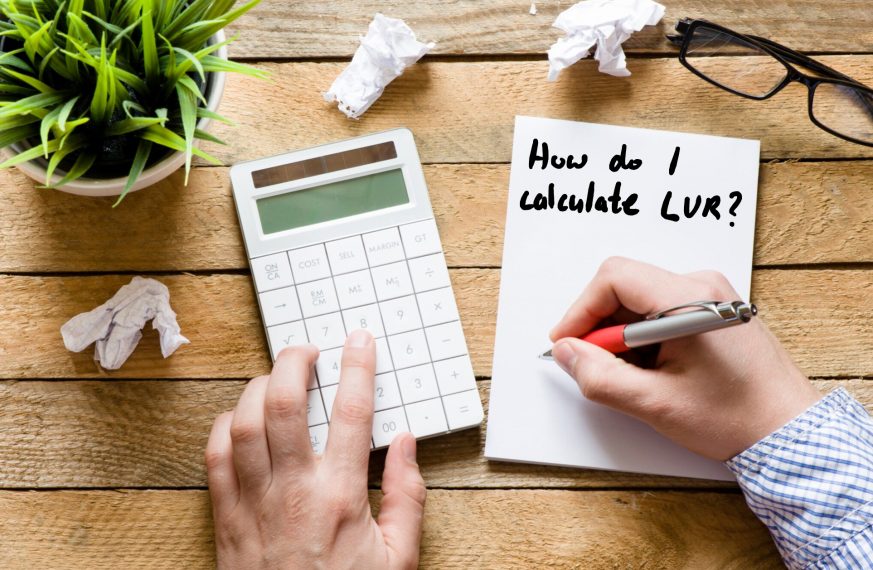How to calculate Loan-to-Value Ratio (LVR)
By Shane | Uncategorized

If you’re in the market to buy a new property or refinance an existing one, then the concept of Loan-To-Value ration (LVR) is an essential concept to understand. It is particularly important for property investors as it allows the astute investor to understand their equity position and whether they are able to start planning their next property acquisition.
In this article, we will cover off on what loan-to-value ratio is, why LVR is important, and how to calculate LVR.
LVR is the ratio between the total amount of loans secured against a property and the value of that property. It is expressed as a percentage and the lower this percentage, the lower the risk for the lender considering a home loan application.
LVR is important since all lenders have credit policies that specifically reference the LVR. For example, a lender may have a different set of criteria for a home loan application with an LVR of more than 80% when compared to a home loan application with an LVR of below 80%.
[activecampaign form=7]LVR is also important as there is a maximum LVR that a bank will consider. Most banks will happily consider a home loan application if the LVR is below 80%. Some lenders will consider home loan applications with a higher LVR, with some considering applications with an LVR of 90% and others will even allow 95%. Typically, the lender is going to apply a higher level of scrutiny to the application so only applicants that can demonstrate a strong financial position should consider these higher LVR options.
LVR also determines whether or not lenders mortgage insurance (LMI) is required for your home loan application. LMI is an added cost that can affect your borrowing power and even move the final LVR of your home loan application, so it is an important factor to consider.
To calculate LVR, you need two numbers:
To calculate the percentage, you divide the total loan amount (1) by the value of the property (2). For example, if the total loan amount is $400,000 and the value of the property is $500,000, then the calculation looks like this:
400,000 / 500,000 = 0.8
You then multiply the end result by 100 to see the percentage, i.e. 0.8 x 100 = 80, meaning that the LVR is 80%.
Session expired
Please log in again. The login page will open in a new tab. After logging in you can close it and return to this page.